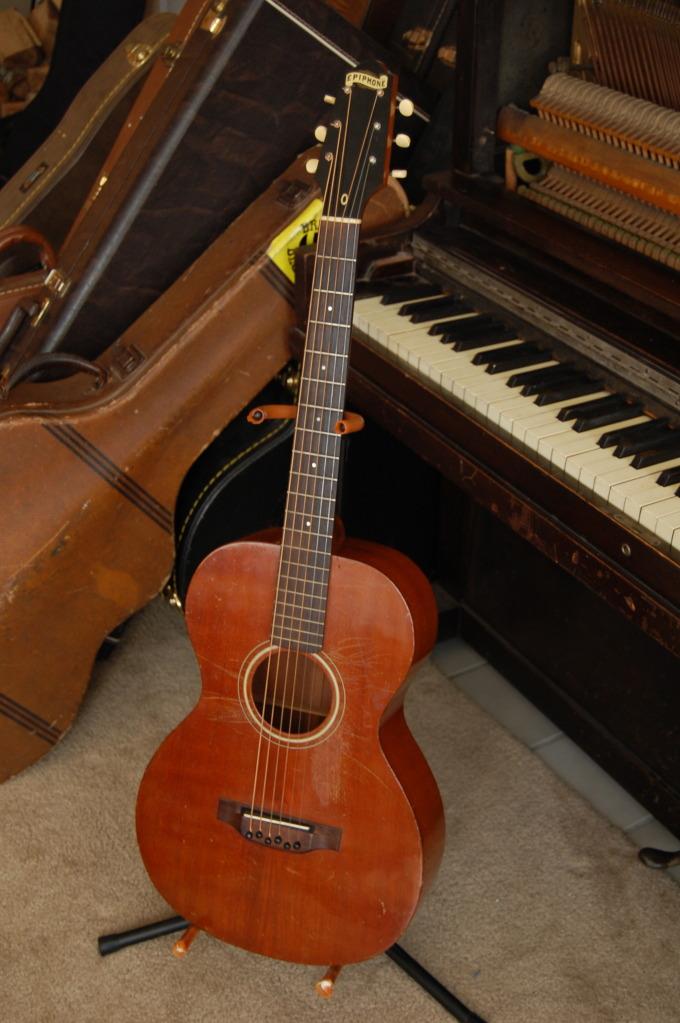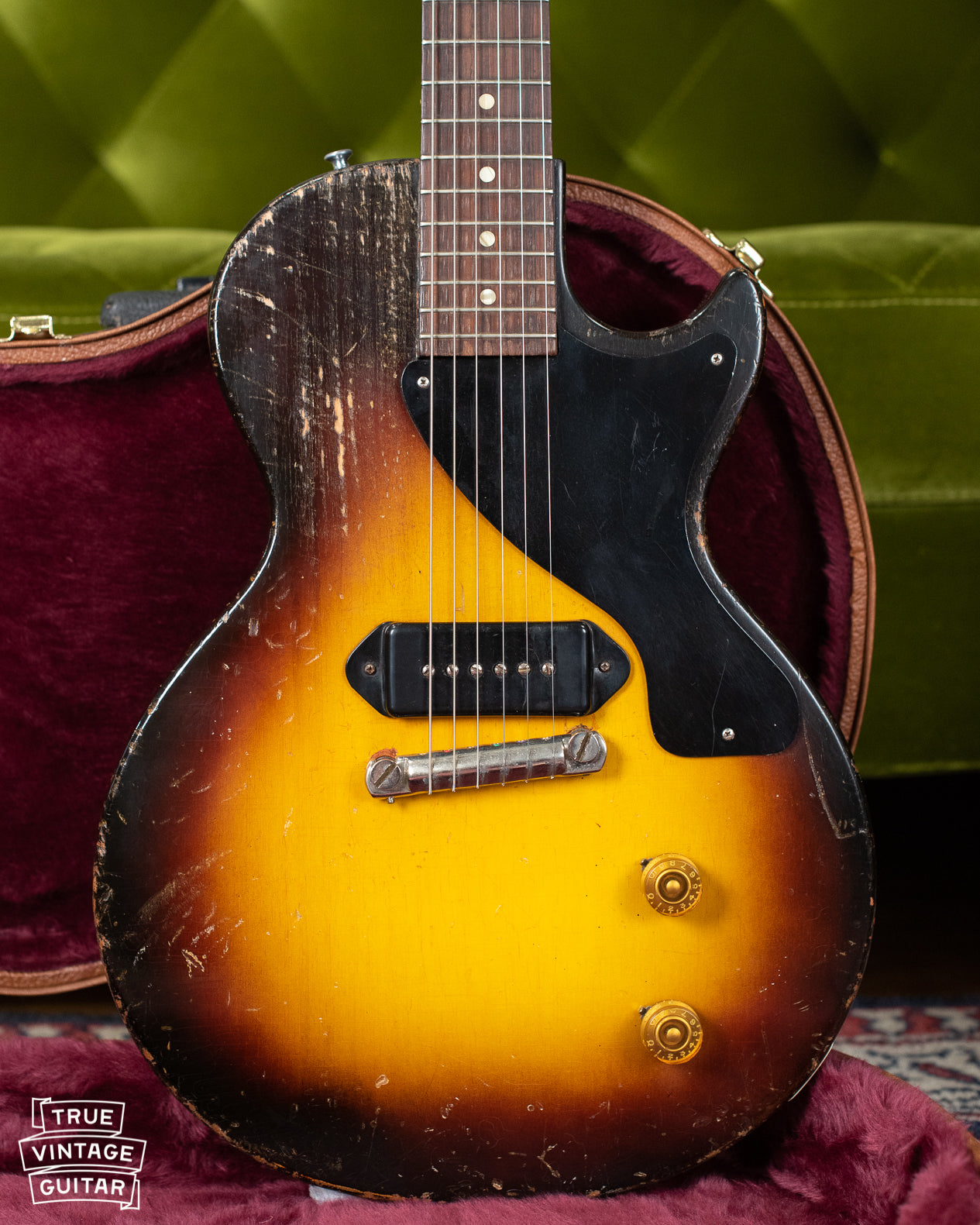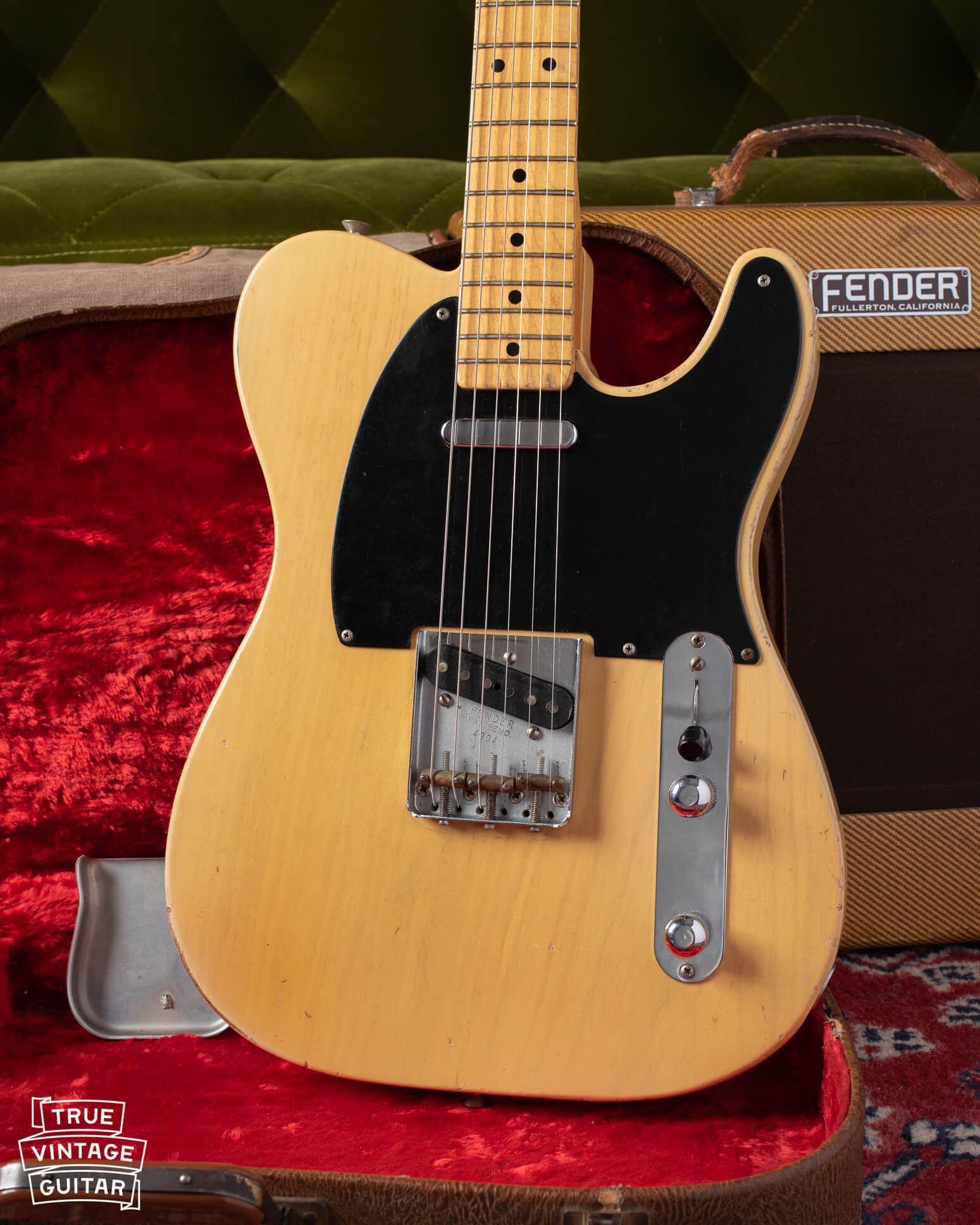Pre-Gibson Epiphones have weighed heavy on my mind lately. I bought this one off the Craigslist in my parent's hometown of Galatin, TN from a bluegrasser. He didn't have much use for a guitar like this. I didn't even haggle!
This is a C. 1930 Epiphone Model 0. If it is the first one that you have seen then that makes two of us. It is constructed of solid Mahogany throughout and features X-bracing with a single tone bar, 13 frets to the body and a deep V shaped neck. It has a light build and is very resonant. The bridge design is interesting but works very well. It makes sense to be able to move the saddle around to adjust for intonation.
Dating an early Epiphone flat-top
...can be difficult. To be honest, I don't know the exact build year but I have had some help narrowing it down. It doesn't have a label but does have a hand written serial number. There are a pair of fellers that are cataloging pre-Gibson Epiphone flat-tops and working on a good way to date them. They've contacted me regarding a couple of other Epis that I've had and I am excited to hear that they are working on publishing their findings.
It seems like only super guitar nerds (like myself) end up liking these guitars. I think that it is a shame that they aren't held in high regard by the general guitar public because they are of very high quality and rarity. Maybe the information gathered by these Epi fellows will spark some well deserved interest in New York and Philadelphia (pre-Gibson) Epiphones.
How does this guitar record?
I have a friend who is working on his first full length album. He has a 1951 Gibson J-50 that I am fond of and is kind enough to bring it over every once in a while to drink beer and play the blues. This Epiphone is a good sidekick for his recording because it can do the fingerpicking (without picks) much better than a larger guitar. Since you don't have to use picks to get great tone from her then you also don't get the pick slap or click.









